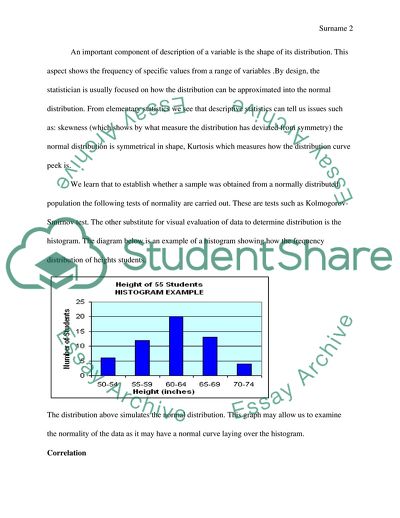Cite this document
(Brief Introduction to Basic Statistical Terminology and Concepts Essay Example | Topics and Well Written Essays - 1250 words - 1, n.d.)
Brief Introduction to Basic Statistical Terminology and Concepts Essay Example | Topics and Well Written Essays - 1250 words - 1. https://studentshare.org/statistics/1779603-statistics-term-paper
Brief Introduction to Basic Statistical Terminology and Concepts Essay Example | Topics and Well Written Essays - 1250 words - 1. https://studentshare.org/statistics/1779603-statistics-term-paper
(Brief Introduction to Basic Statistical Terminology and Concepts Essay Example | Topics and Well Written Essays - 1250 Words - 1)
Brief Introduction to Basic Statistical Terminology and Concepts Essay Example | Topics and Well Written Essays - 1250 Words - 1. https://studentshare.org/statistics/1779603-statistics-term-paper.
Brief Introduction to Basic Statistical Terminology and Concepts Essay Example | Topics and Well Written Essays - 1250 Words - 1. https://studentshare.org/statistics/1779603-statistics-term-paper.
“Brief Introduction to Basic Statistical Terminology and Concepts Essay Example | Topics and Well Written Essays - 1250 Words - 1”. https://studentshare.org/statistics/1779603-statistics-term-paper.


